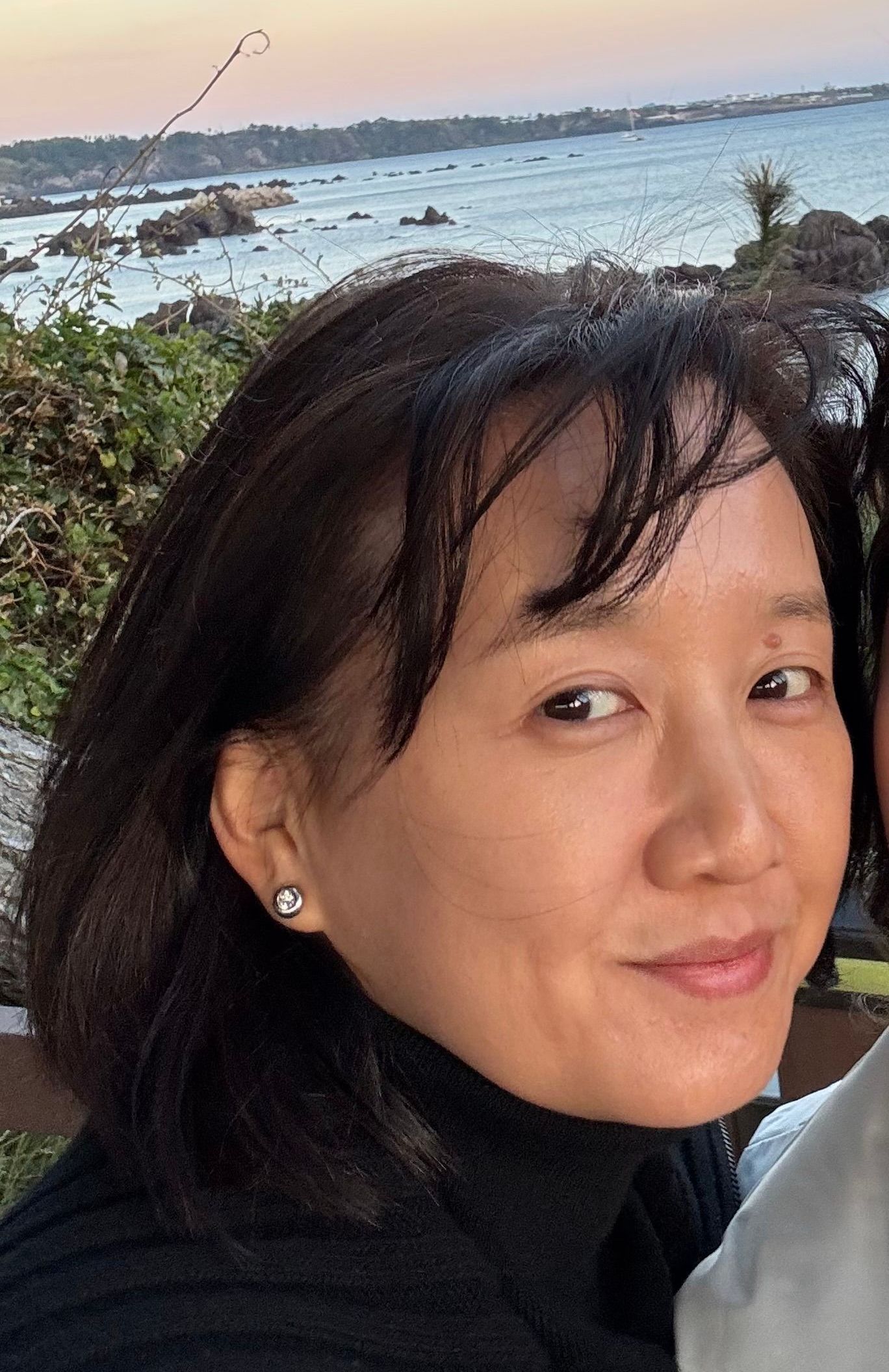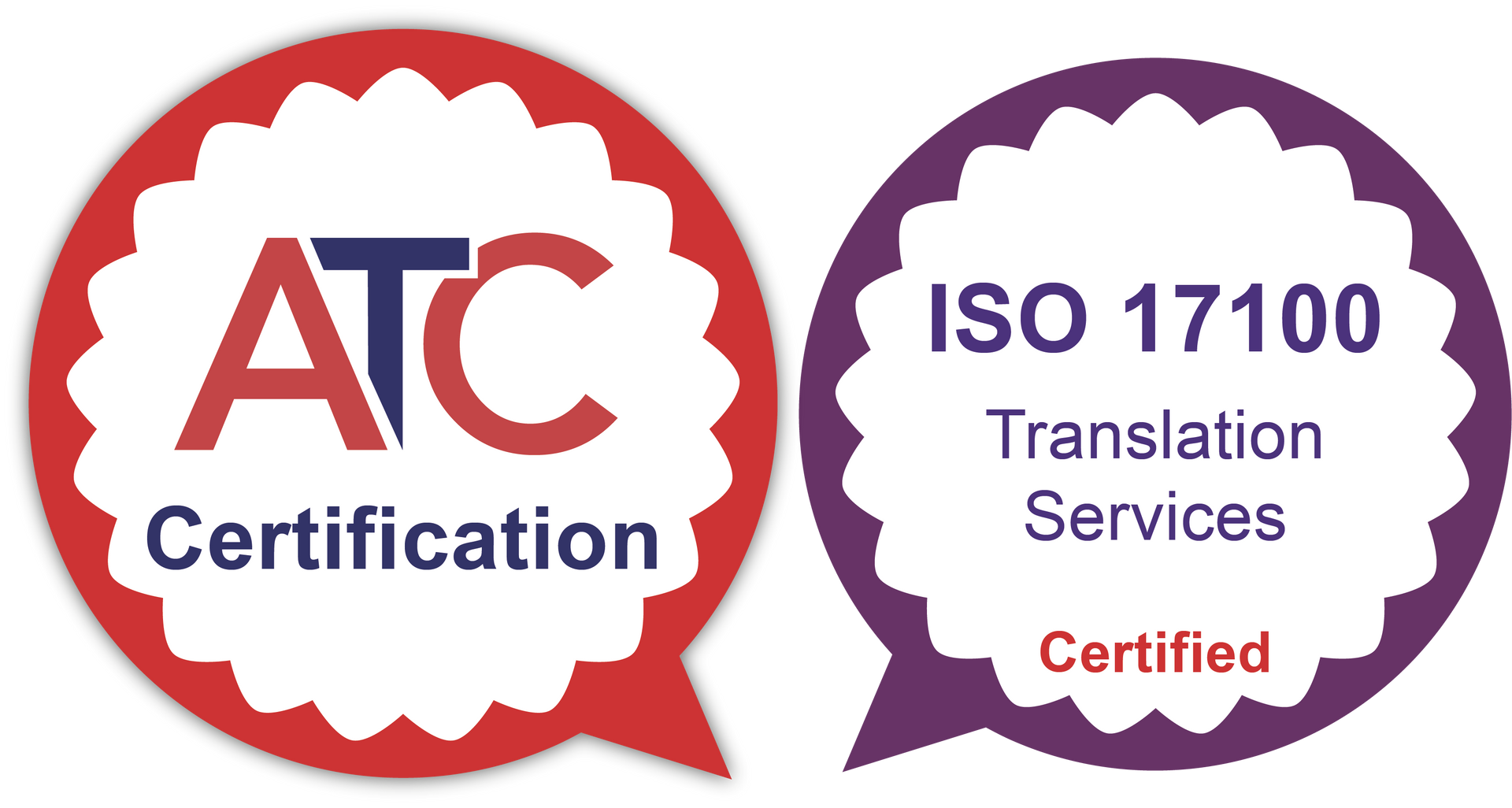Jieun | Seoul, South Korea
As one of InterEcho's beloved Korean Transcreators, Jieun shares a few under-the-radar tips and tricks for getting the most out a visit to her hometown: Seoul, South Korea. Those seeking a journey through one of the most technologically advanced cities on earth, but one with a rich history dating back over 2,000 years, should read on...
What should we know about Seoul?
Seoul is not only one of the most modernized cities in the world, but also a traditional city with a long history of two thousand years. Prehistoric ruins and the 123-story World Tower Building coexist within the city. Nearly 10 million people (about 1/5 of the population of South Korea) live around the Han River which flows across the city from east to west. Seoul is a place of immense natural beauty; no matter where you stand in Seoul, you will always have mountains in your sight. Koreans consider living in harmony with nature to be of the utmost importance.
Around Gwanghwamun and City Hall, there are royal palaces from the Joseon Dynasty. In Yeouido, you can see the financial districts and the National Assembly. Youth culture is prominent and vibrant in Hongdae, Seongsu, and Gangnam. Professional baseball games are held in Jamsil and Gocheok, and soccer games can be enjoyed at Sangam World Cup Stadium.
People in Seoul love to be with people, even amid their busy lifestyles, and they love exploring the ‘new’ in their city. Seoulites like to talk to new people and feel closer and more connected when they find something in common during conversations. In other words, this sentiment and outlook can be said to be a Korean's "Jeong," referring to the pure affection toward others that is unique to Koreans.
What is a unique place we should not miss?
If you are interested in languages and letters, I recommend visiting the National Hangeul Museum in Yongsan. It is adjacent to the National Museum of Korea, but many people do not know it exists because it is relatively small.
Since its opening in 2014, the National Hangeul Museum has played an important role in promoting Hangeul and the value of Hangeul culture. The permanent exhibition hall consists of sections laid out in accordance with the theme of words of King Sejong, who invented Hangeul, and introduces the history of Hangeul. There is also a special exhibition hall where exhibitions with various themes related to Hangeul, including lyrics, art, textbooks and collaborations with designers are held. It also boasts a Hangeul playground for children under the age of 9, and a Hangeul library where you can see books related to Hangeul. Every year, Seoulites celebrate the national holiday Hangeul Day on October 9th.
Outside the museum, there is the National Museum of Korea and a beautiful pond called Mirror Pond. On one side of the pond lies Cheongjajeong Pavilion, whose roof is made of celadon tiles, adding depth and texture to the already picturesque scenery. Around Mirror Pond, there are promenades, a small bamboo forest, a waterfall with autumnal foliage, an outdoor pagoda garden, and a botanical garden for traditional dyes. These peaceful refuges allow city-dwellers to feel relaxed and refreshed in the middle of a bustling metropolis. Also, Yongsan Family Park, which is right next to it, is good to go with young children or dogs.
What would make a visit more immersive?
Make the most of Seoul's many useful apps. You can easily use public transportation such as subways, buses, and taxis wherever you go with apps like Subway Korea. You can even know the number of crosswalks you have to pass when you walk to your destination. Almost all bus stops and subway stations in Seoul are equipped with electronic signboards, informing riders of the expected arrival time of the bus or subway and information like the weather, fine dust levels, and how many people are on the upcoming bus. Arrival time predictions are very accurate because its information is provided by satellite.
In addition to public transportation, it is also a good idea to use Ttareungi (Seoul Public Bicycles). Using apps like Seoul Bike, you can find available bicycles near you to rent. The fee is around 1,000 won per hour (about $0.75) and you can pick up at one location and drop off at another.
One of the ways locals enjoy their leisure time is to ride the bike-only road along the Han River and take a break with ramyeon from a convenience store or with pizza or fried chicken using the Baemin delivery app.
I have a deep interest in all languages, as well as the history and culture that gave birth to them. This passion led me to major in Serbo-Croatian and English, and I also studied Chinese and Japanese. However, I realized that the foundation of learning all languages is knowing one’s mother tongue, which inspired me to return to studying Korean.
In my journey to earn a teaching certificate to teach Korean to foreigners, I delved into the Korean language, letter (Hangeul), and history - a study that continues to this day. Alongside my work translating English into Korean, I volunteer once a week as a guide in the permanent exhibition hall of the National Hangeul Museum, introducing visitors to the history of Hangeul.
- Jieun Im

Interested in expanding your global reach?
We’re here to help!
Global companies and creative agencies trust InterEcho to develop strategy and transcreate brand content that is culturally relevant and effective for local audiences across the world

